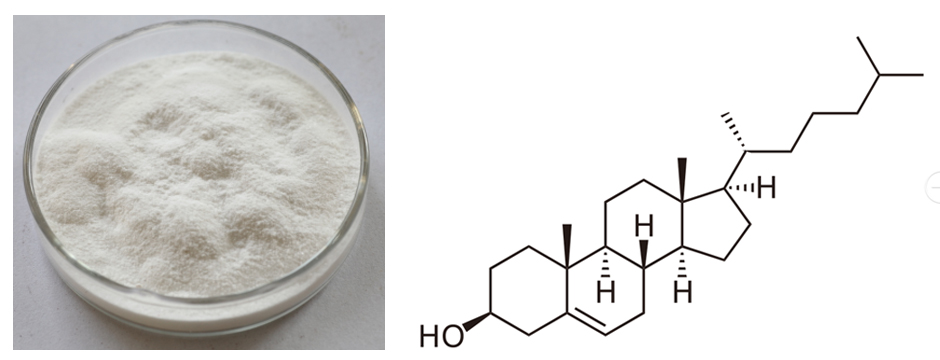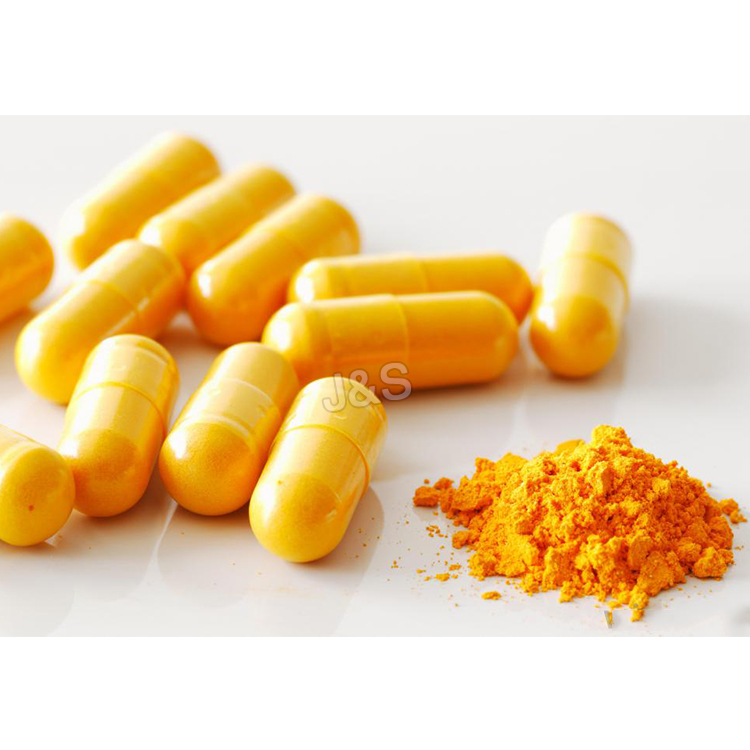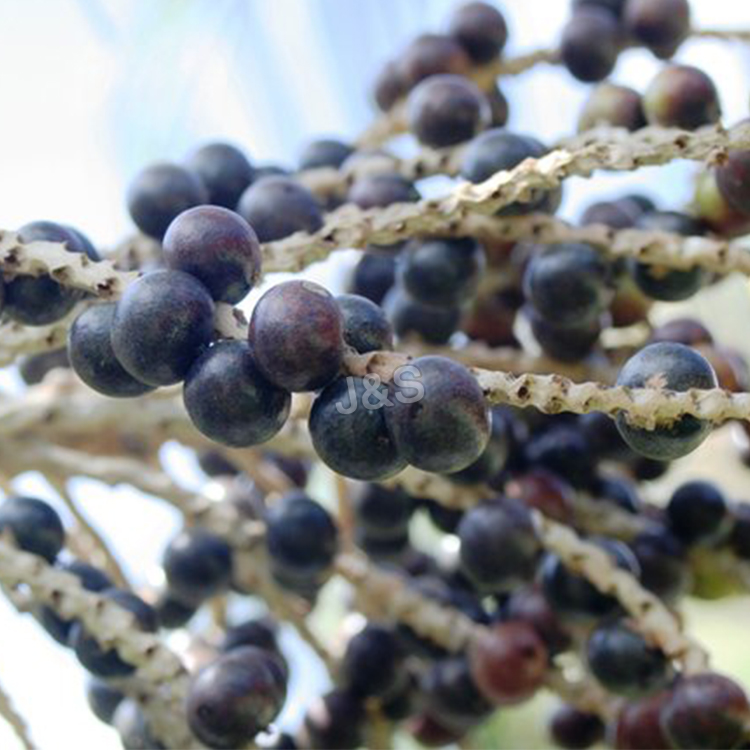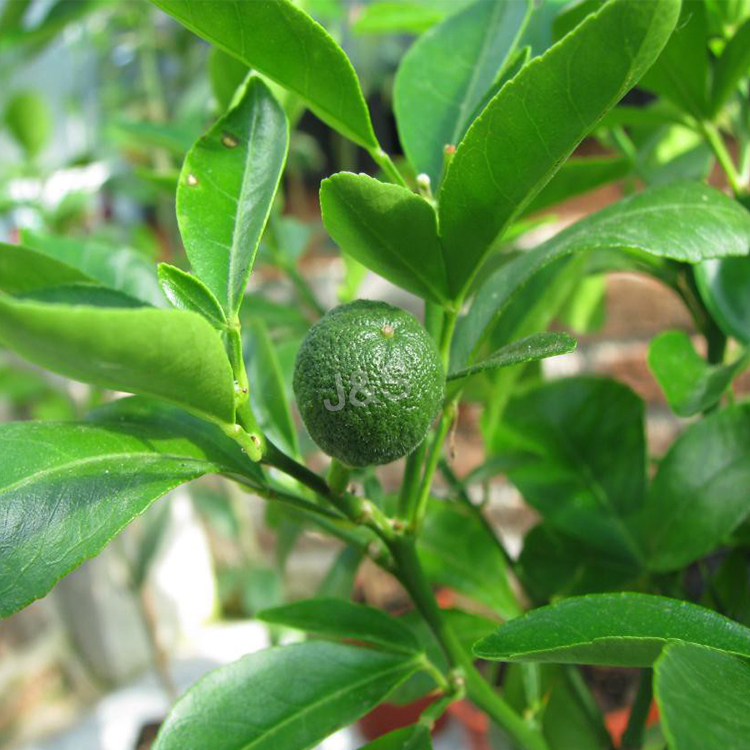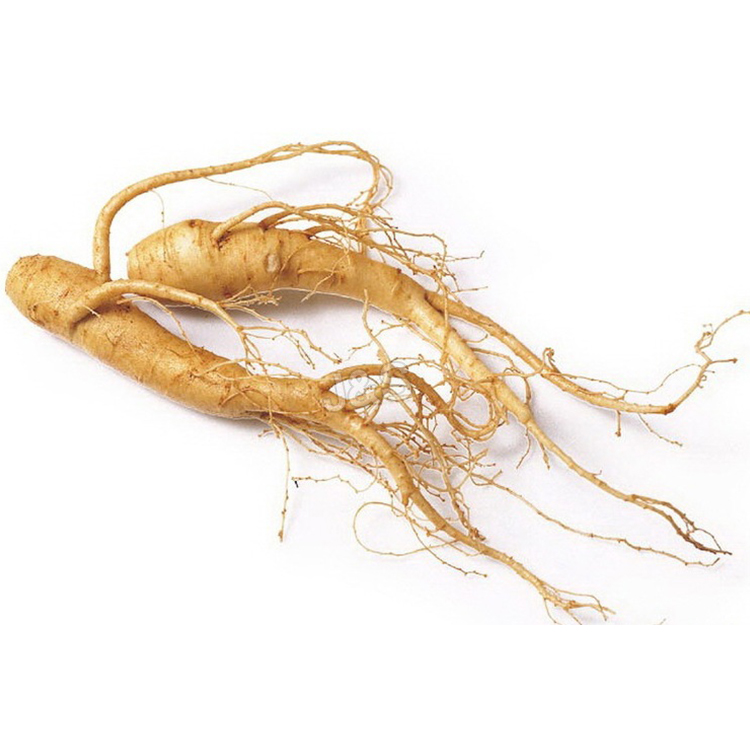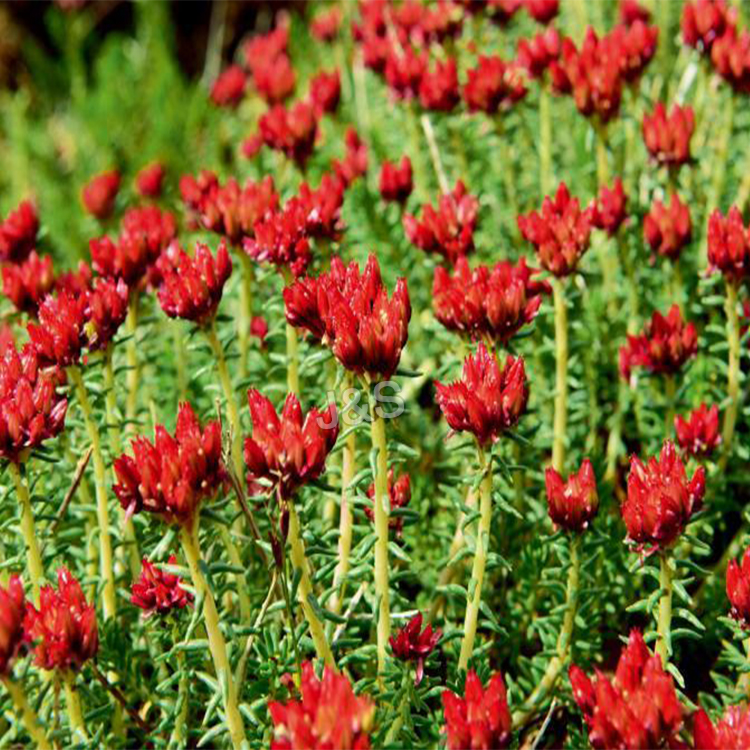Hot Selling for Phytosterol Wholesale to Brisbane
Hot Selling for Phytosterol Wholesale to Brisbane Detail:
[Latin Name] Glycine max(L.) Mere
[Specification] 90%; 95%
[Appearance] White powder
[Melting point] 134-142℃
[Particle size] 80Mesh
[Loss on drying] ≤2.0%
[Heavy Metal] ≤10PPM
[Storage] Store in cool & dry area, keep away from the direct light and heat.
[Shelf life] 24 Months
[Package] Packed in paper-drums and two plastic-bags inside.
[Net weight] 25kgs/drum
[What is Phytosterol?]
Phytosterols are compounds found in plants that resemble cholesterol. The National Institutes of Heath report that there are over 200 different phytosterols, and the highest concentrations of phytosterols are found naturally in vegetable oils, beans and nuts. Their benefits are so recognized that foods are being fortified with phytosterols. At the supermarket, you may see orange juice or margarine advertising phytosterol contents. After reviewing the health benefits, you may want to add phytosterol-rich foods to your diet.
[Benefits]
Cholesterol-Lowering Benefits
The most well-known, and scientifically proven, benefit of phytosterols is their ability to help lower cholesterol. A phytosterol is a plant compound that is similar to cholesterol. A study in the 2002 issue of “Annual Review of Nutrition” explains that phytosterols actually compete for absorption with cholesterol in the digestive tract. While they prevent the absorption of regular dietary cholesterol, they themselves are not easily absorbed, which leads to a total lower cholesterol level. The cholesterol-lowering benefit does not end with a good number on your blood work report. Having lower cholesterol leads to other benefits, such as a reduced risk for heart disease, stroke and heart attacks.
Cancer Protection Benefits
Phytosterols have also been found to help protect against the development of cancer. The July 2009 issue of the” European Journal of Clinical Nutrition” offers encouraging news in the fight against cancer. Researchers at the University of Manitoba in Canada report that there is evidence that phytosterols help prevent ovarian, breast, stomach and lung cancer. Phytosterols do this by preventing the production of cancer cells, stopping the growth and spread of cells that are already in existence and actually encouraging the death of cancer cells. Their high anti-oxidant levels are believed to be one way phytosterols help fight cancer. An anti-oxidant is a compound that fights free radical damage, which is negative effects on the body produced by cells that are unhealthy.
Skin Protection Benefits
A lesser known benefit of phytosterols involves skin care. One of the contributing factors in the aging of the skin is the breakdown and loss of collagen — the main component in connective skin tissue — and sun exposure is a major contributor to the problem. As the body ages, it is not able to produce collagen as it once did. The German medical journal “Der Hautarzt” reports a study in which various topical preparations were tested on skin for 10 days. The topical treatment that showed anti-aging benefits to the skin was the one that contained phytosterols and other natural fats. It is reported that phytosterols not only stopped the slow-down of collagen production that can be caused by the sun, it actually encouraged new collagen production.
Product detail pictures:
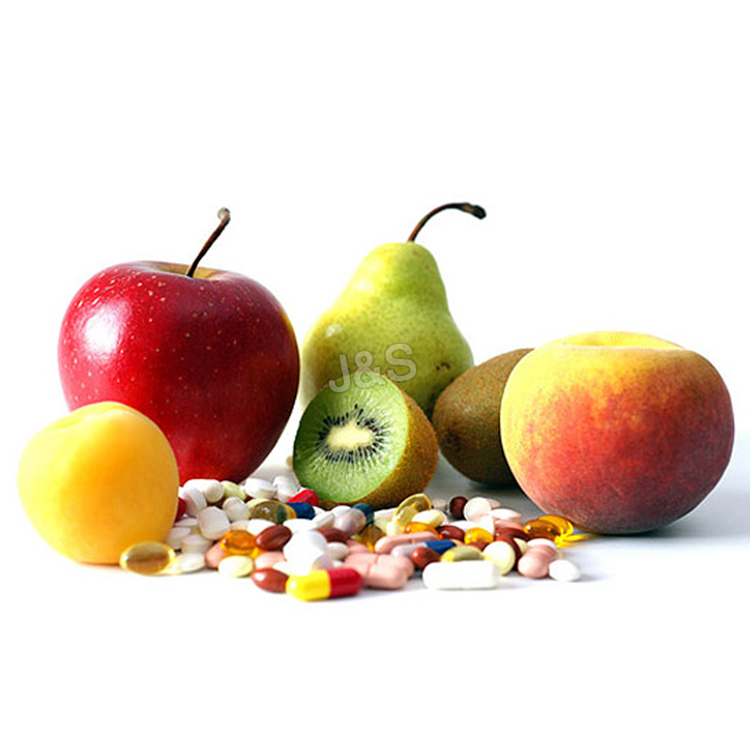
Related Product Guide:
We have now probably the most innovative production equipment, experienced and qualified engineers and workers, regarded high quality control systems and also a friendly expert income team pre/after-sales support for Hot Selling for Phytosterol Wholesale to Brisbane , The product will supply to all over the world, such as: French, Cairo, Latvia, By continuous innovation, we will present you with more valuable items and services, and also make a contribution for the development of the automobile industry at home and abroad. Both domestic and foreign merchants are strongly welcomed to join us to grow together.
I think that we all know that fatty liver is becoming a common problem among people. This is all because of the unhealthy lifestyle habits, and all liver problems should be treated as soon as possible, because liver’s weakening can be life-threatening as well. The liver is the main body cleanser. The liver’s role is to eliminate the harmful and dangerous toxins from the human body. Nowadays, the liver is functioning more than ever, because of the foods that contain high amounts of fat, alcohol, smoking and other harmful habits, which can affect and weaken its function. A liver problem is most commonly diagnosed and discovered in scheduled medical examinations by a medical specialist. This is because the symptoms are often unspecified and they act incoherently. Because of the poor liver function, our body is starting to experience some skin problems, such as the appearance of dark spots, rash and itching. It can cause digestion problems as well, increase the blood pressure, it can cause bloating and accumulation of excess water in the liver area. And, at last, it can cause hepatitis, the eyeballs become yellow, as well as the skin.
Fatty Liver
Can i ask you a simple question – do you know what’s fatty liver? We can answer that for you – when your liver is composed of 5 to 10 percent fat by weight, you have fatty liver disease. The function of the liver is to produce bile so the body can digest fats, break down hormones, cleanse the blood, and store vitamins and minerals. But, when you have fatty liver disease, the liver is unable to adequately break down the fats it has extracted from the blood. The fats accumulate and the liver becomes enlarged. You should also know that fatty liver is the most common liver disorder in the world. Causes and increased risk factors for fatty liver disease include:
Age
Alcohol consumption
Diabetes
Genetics
High cholesterol
High triglycerides
Obesity
Poor diet and/or malnutrition
Sedentary lifestyle
Some medications
Thyroid disorders
Most Common Causes
We can easily say that sugary drinks, including not only soda but also fruit juice, lemonade, fruit punch, and the like, are a major source of fructose in the US diet. A recent study from Tufts University has found that this could be putting your health at risk, as those who consumed at least one sugary drink daily had a higher risk of liver damage and fatty liver disease. The experts say that sugary drinks are likely one major factor in why even children are developing fatty liver disease at alarming rates. The longer you have fatty liver disease, the more likely it is to progress into more serious disease like liver fibrosis (accumulation of abnormal fibrous tissue), cirrhosis (accumulation of scar tissue), and NASH.
Most Common Symptoms of Fatty Liver Disease
Fatigue
Weight loss
Pain in upper abdomen
Jaundice – which is shown by a yellow discoloration in our skin or mucus membrane
Swelling of our body (referred to as ascites and edema) because of the lack of protein being produced by the liver
Increased bruising
Mental confusion
Note: you should see your doctor to be sure that the symptoms you are experiencing are linked to non-alcoholic fatty liver disease. These symptoms are often associated with a number of different diseases.
Natural Remedies
Milk thistle and burdock for cleansing the liver
First, you should know that there are more than 10,000 recently published papers, which show that milk thistle, both silymarin and silybin, reduces the inflammation and oxidative stress of fatty liver disease! Many experts think that milk thistle is the best liver cleanser, because it contains silymarin, which stimulates the regeneration of damaged cells of that organ, while protecting the healthy ones.
Drink Green Tea Every Day
You can also use green tea to treat this fatty liver disease. How this works – well, the green tea acts as an antioxidant and it also reduces inflammation, preventing the accumulation of fat in the central organ in the organism. .
Don’t Forget Dandelion Root
The medical experts also say that dandelion root stimulates the liver detoxification process, and it also regenerates the damaged cells! This super healthy ingredient is extremely useful and beneficial for treating this health problem. .
Whey
You should also know that this homemade whey treatment is also very effective at treating fatty liver disease. .
Moof’s Medical Biochemistry Video Course: https://moof-university.thinkific.com/courses/medical-biochemistry-for-usmle-step-1-exam
Questions Answered in This Video:
- What are lipids? How are lipids defined?
- Are lipids fats?
- How can lipids be classified? What are the different types or classes of lipids?
- What are the different functions of lipids?
- How do lipids relate or different from the other classes of macromolecules?
- What are the monomers and polymers of lipids?
Don’t forget to LIKE, COMMENT, and SUBSCRIBE:
https://www.youtube.com/subscription_center?add_user=MoofUniversity
INFORMATION ABOUT TUTORING:
https://www.moofuniversity.com/tutoring/
TO SUPPORT MOOF UNIVERSITY WITH A FINANCIAL CONTRIBUTION:
https://www.moofuniversity.com/support-moof/
INSTAGRAM:
https://instagram.com/moofuniversity/
FACEBOOK:
https://www.facebook.com/pages/Moof-University/1554858934727545
TWITTER:
https://twitter.com/moofuniversity
Video Content Summary:
In this video, I begin the introduction to lipids, what they are, what kinds there are, and what their functions are.
A common misconception is that lipids are fats. Though fats are lipids, not all lipids are fats. Lipids are defined, essentially, as molecules that are mostly nonpolar or hydrophobic, and, thus, insoluble in water, at least for the most part. Many lipids, however, are amphipathic or amphiphilic because they have some hydrophobic (nonpolar) and some hydrophilic (polar) portions.
The functions of lipids vary widely. Some lipids can store energy and/or be used as fuel. Some make up membranes and are known as membrane lipids. Some can act as hormones, and hormones are signaling molecules. Others are key nutrients, as some vitamins are lipids, though that’s not discussed much in this video or the rest of the videos in this series.
Lipids are set apart from the other classes of macromolecules – carbohydrates, proteins, and nucleic acids – because they do not have monomers or polymers in the way that the other three do. Carbohydrate monomers are monosaccharides, and their polymers are polysaccharides. For proteins, the monomers are amino acids, and the polymers are polypeptides, which can fold and become functional proteins. Nucleic acids have nucleotide monomers, and polynucleotide polymers, which are simply called nucleic acids. With lipids, this set-up isn’t the case. There aren’t any monomeric or polymeric units. This is something that is seen when discussing the specific structures of other lipids in the other videos of this lipid series.
The lipids mentioned in this video are 1) free fatty acids 2) triacylglycerols or triglycerides 3) phospholipids 4) sphingolipid 5) glycolipids 6) steroids. Free fatty acids are the simplest lipid, and they are used for fuel, as they can be broken down for energy via beta oxidation, or they can be created via fatty acid synthesis. Triacylglycerols or triglycerides are two names for the same thing, and they are used for fuel storage — they are a key storage form of energy in cells. Phospholipids, sphingolipids, and glycolipids are all membrane lipids because they all show up are membrane components. Phospholipids have phosphate groups, sphingolipids, have a sphingosine backbone, and glycolipids have sugar moieties attached to them. Steroids, finally, are important in membranes and as hormones or signaling molecules.
It is really lucky to meet such a good supplier, this is our most satisfied cooperation, I think we will work again!
